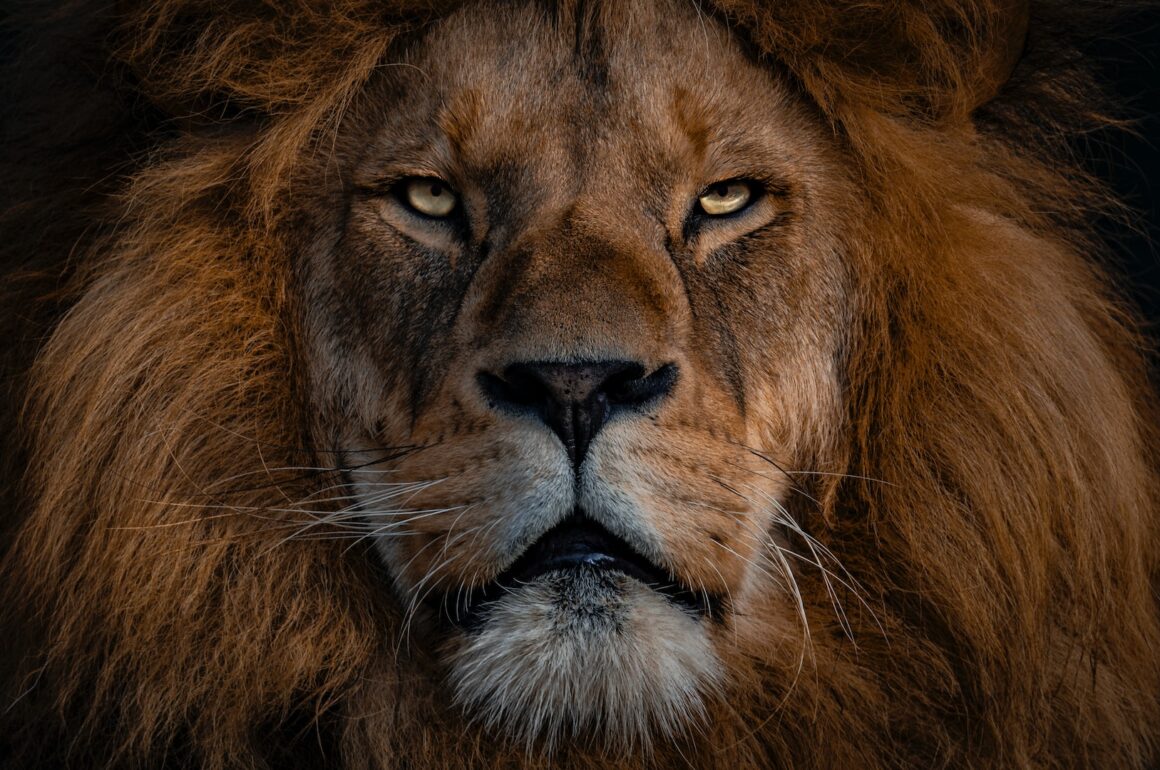
The lift of a tiny trunk. The scurry of a panicked warthog as a predator approaches. The ruffle of a lion’s mane in the sunlight. When it comes to safari photography, things move quickly: nature’s quirkiest characters will not wait and pose for us.
Instead, photography enthusiasts need to be ready and equipped to capture them on camera as they frolic, in a fleeting moment, or even from a moving vehicle. If you’re looking for wildlife photography tips, look no further: from the best gear to pack to nifty ways to prepare yourself for snapping a safari holiday, we’ve got you covered.
Practise before you fly

It may sound funny, but training your camera on less exotic beasts can help you prepare. Safaris are often just three or four days long; you don’t want to spend your first 24 hours figuring out your camera. If you’ve got a cat, experiment with photographing it prowling around at home and see how your shots turn out. It will give you a feel for movement and focus, as well as waiting for moments of stillness (to avoid blurring).
Otherwise, try garden birds. “The rule of thirds in photography is a guideline that places the subject in the left or right third of an image, leaving the other two thirds more open,” says keen wildlife photographer Callie Smart. IF you want to be super prepared, Udemy runs a four-day online course that digs into wildlife photography tips from specific gear to camera settings (udemy.com).
We also think you’ll like: Glamping in the wild: Uncovering the best luxury safari stays
Stay right where the wildlife is
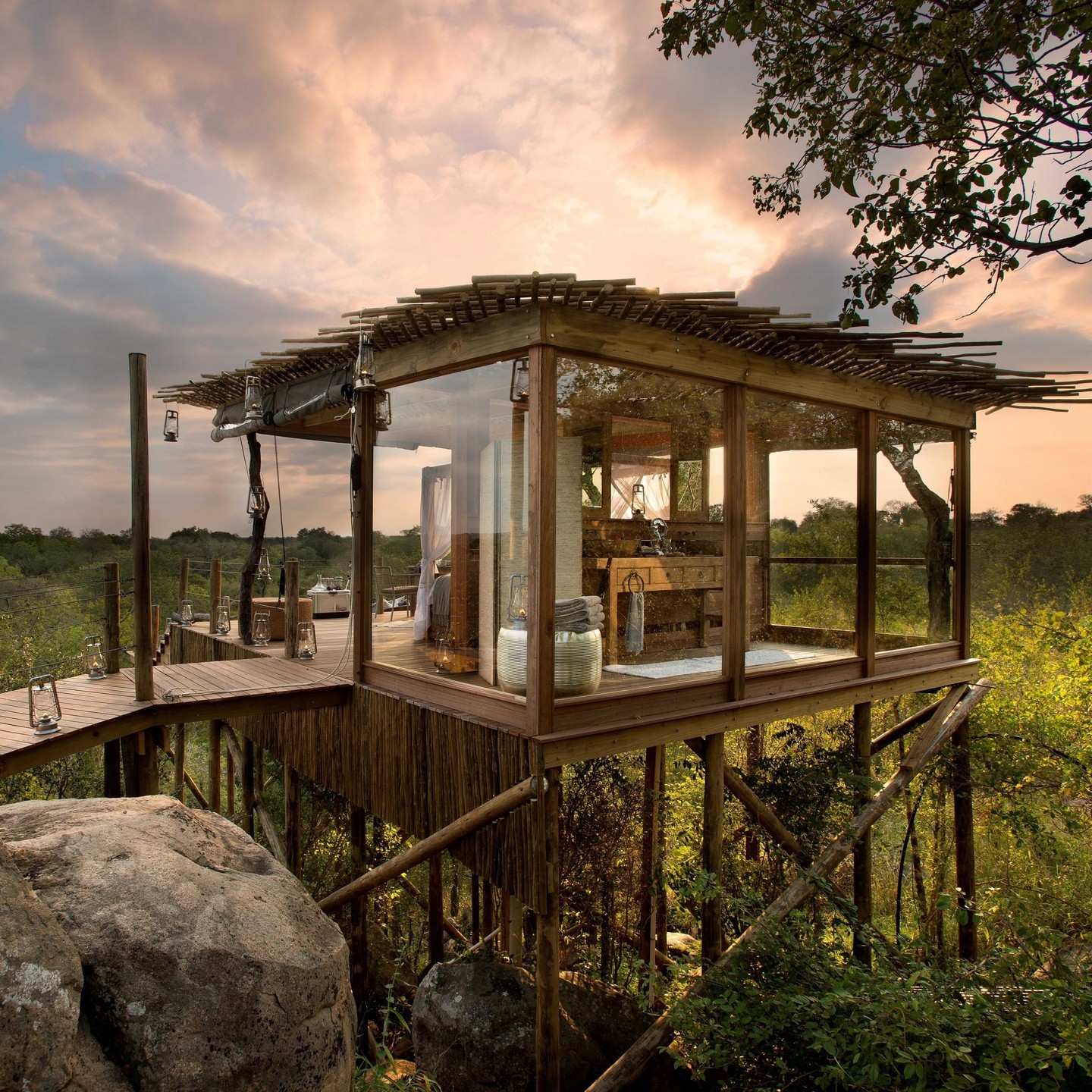
Photo credit: @lionsandsgamereserve on Instagram
Across Africa’s safari countries, there are remote properties a drive from official game reserves and properties set within them. Staying in a safari lodge within a national park or protected reserve means you’ll see animals wandering through the grounds, or past the infinity pool, rather than limiting sightings to your daily game drives. On Luxury Gold’s Spectacular South Africa tour, ideal for safari photography, guests stay right within the boundaries of Kruger National Parks and Sabi Sands Reserve, at the elegant Lion Sands lodge.
Time it right

Once in the bush, use the times of day to your advantage, says Smart. “Think of photography as painting with light,” she advises. “If you keep the sunlight behind you, the animal will be lit up and the sunlight reflected back in their eyes, bringing your subject to life. The ideal times of day are an hour after sunrise or an hour before sunset, when the sun is low in the sky ‒ these times give a soft, diffused light we know as ‘golden hour’.” If you’re shooting in bright sunshine, she adds, find some shade to stand in to give your shot a less harsh effect.
We also think you’ll like: Private game drives and five-star stays: How Luxury Gold does safari differently
Focus your shot
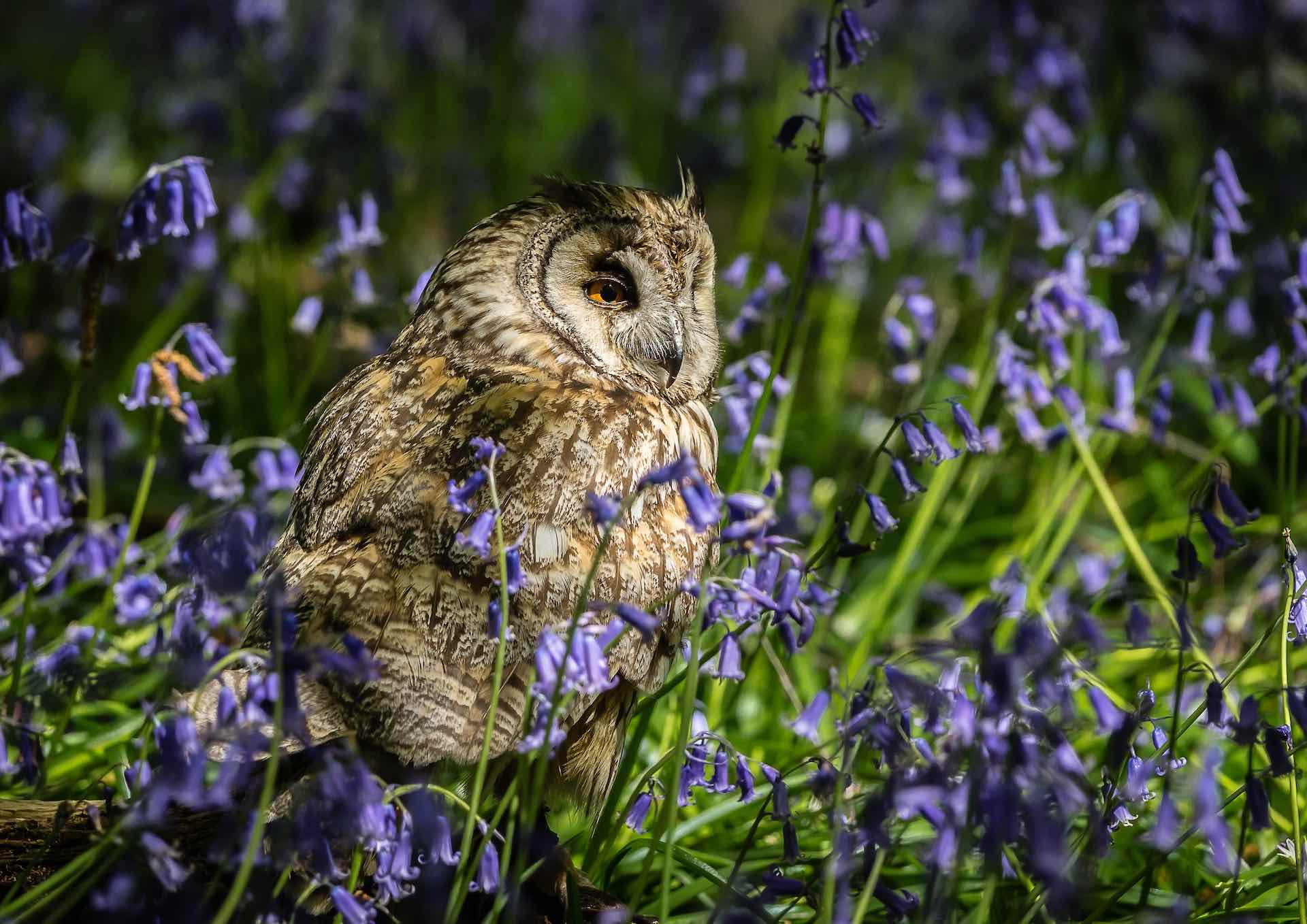
Knowing where to focus your photo is vital, says Smart. Blur is always a risk when you’re dealing with living, moving creatures. “To make your photographs ‘pop’, set the focus point on to the animal’s eye closest to you,” she shares as one of her top wildlife photography tips. Don’t be afraid to contort yourself in order to get the best angle, either ‒ that’s what makes the most unusual and striking wildlife photographs. “Get yourself at eye level to the animal to make a connection: so if it’s a small animal get down on the ground, and if it’s a large animal stick your head out of the top of the jeep or (if you can) climb a tree.”
Know your kit and settings

Safari photography experts know that knowing your camera inside out is the quickest way to the clearest, sharpest and most striking wildlife photos. Smart favours a Nikon D7200 with an 18-300mm zoom lens. “I like light cameras and a light lens, so I don’t need a tripod ‒ I can quickly grab the shot, as animals, such as scurrying warthogs, don’t tend to stand still. It fits easily into hand luggage and is dust and water-resistant.” The benefit of a zoom lens, she says, is the ability to focus close up on a creature, yet keep your distance to avoid disturbing them. For a good basic set-up for your first shooting session, she says, “switch to Aperture Priority f5.6, focus on the animal’s eye and set the camera to automatic ISO.”
We also think you’ll like: How to safari in style: The ultimate packing guide
Start with the slow ones
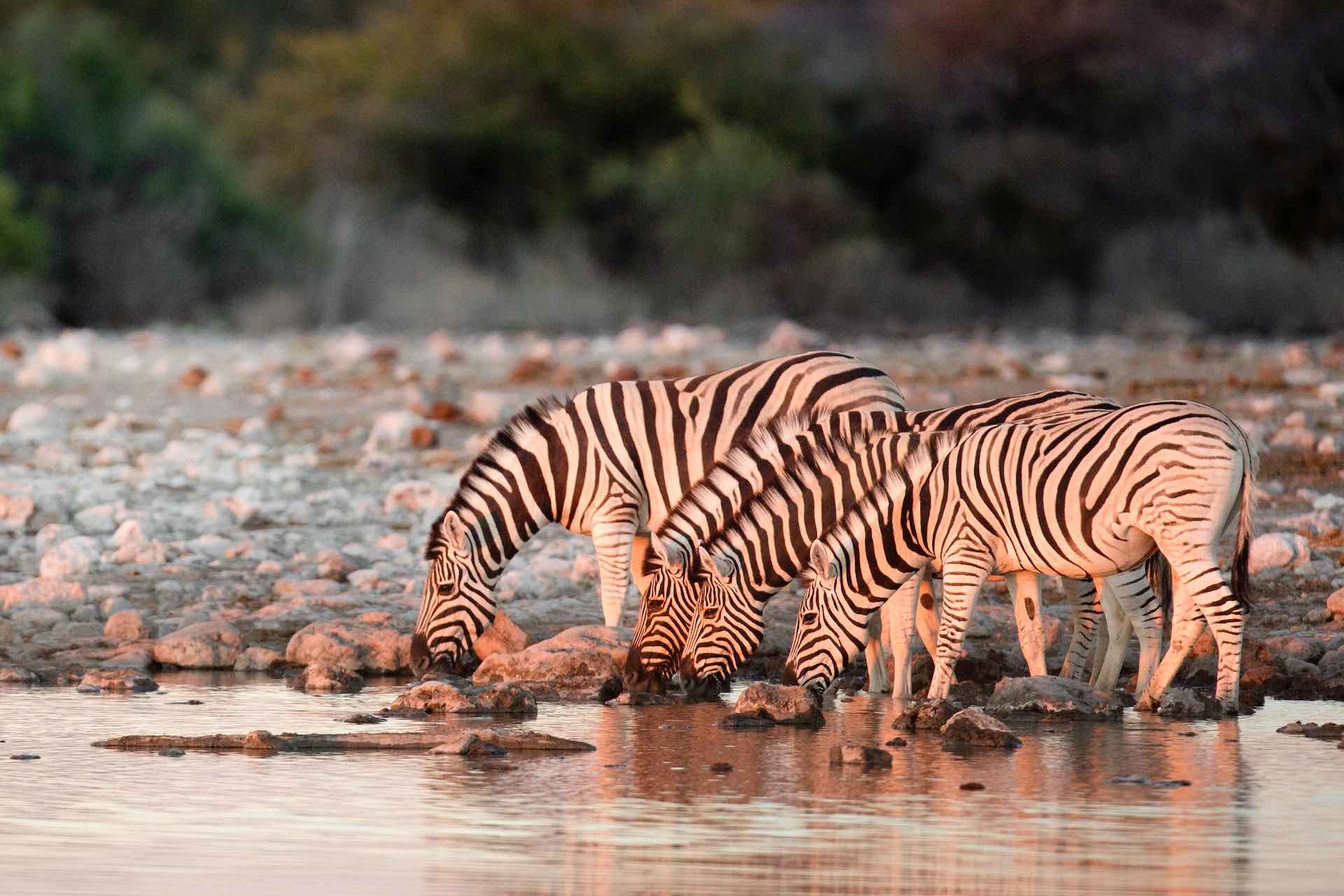
Different rules apply for different subjects on safari. “The easiest animals to photograph are the ones that don’t move too quickly!” says Smart. “Elephants, big cats, zebras, crocs, giraffes, rhinos all tend to stand their ground if you’re quiet and give them room. I love to photograph giraffes & monkeys as they have such expressive faces. Monkeys are going to lead you on a merry dance but that’s fun, too.” They may not seem as exciting as big game, but photos of birds in flight can be striking. They might even give you a rather unappealing clue. “Birds tend to poop just before they take off, so look out for that so you can catch them.”
Ignore smartphone snobbery
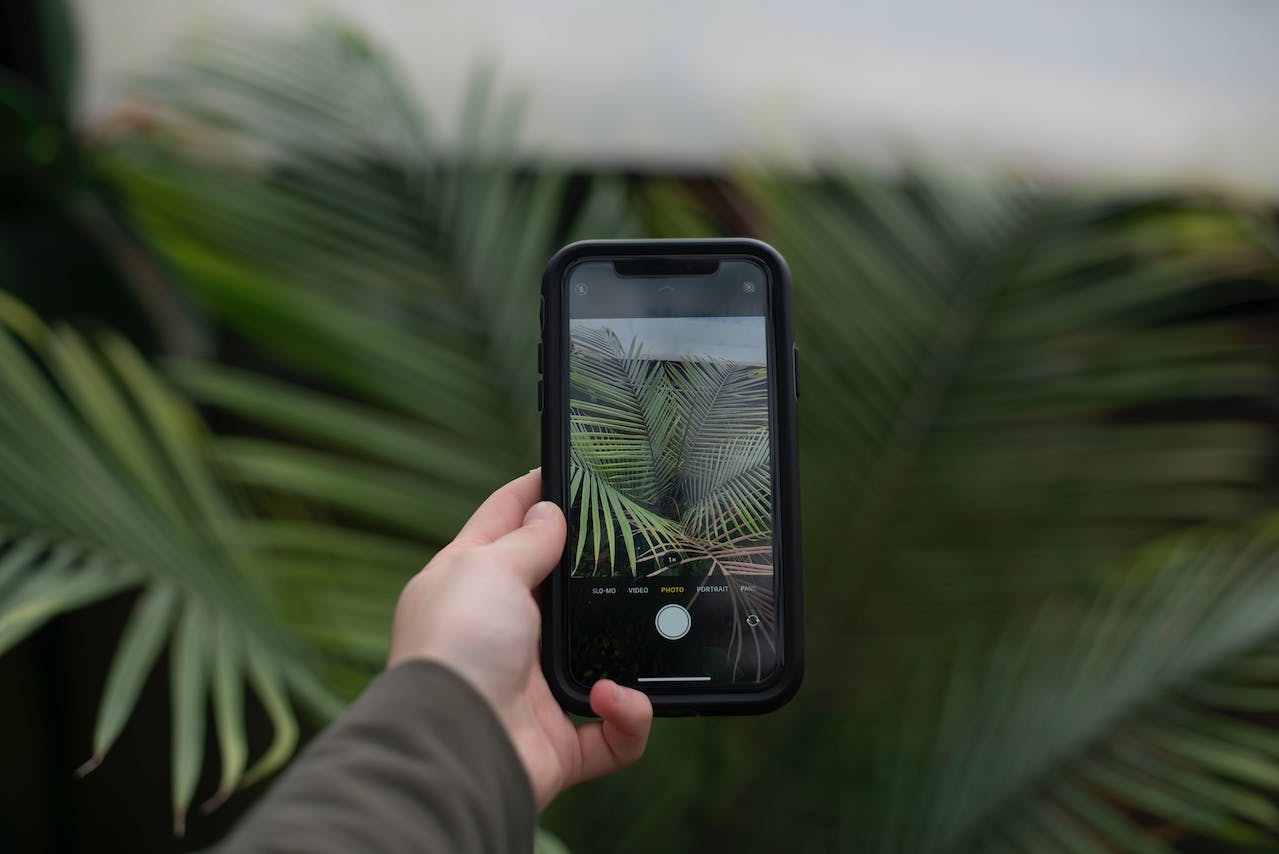
It’s a myth that only hefty DSLR cameras can capture a lion’s mane or an elephant’s wrinkly ears in full detail. In fact, current smartphones have incredibly refined cameras; the time they tend to fail users is at dimly-lit dusk (or dawn), when the light is lower. In full sunlight, don’t be afraid to use your iPhone or Android to capture some animal magic, says Smart; for one thing, you won’t need to play with the settings as much. “If the harsh, bright sunlight of the middle of the day is beating down, and you get a great encounter, such as standing face to face with a friendly rhino, you’re better off whipping out your smartphone or, if you prefer a ‘proper’ camera, turning your DSLR onto automatic settings.”
We also think you’ll like: Wild at Heart: Why winter is the best time to visit South Africa
Luxury Gold’s Spectacular South Africa tour includes a three-day safari in the enchanting Kruger National Park.




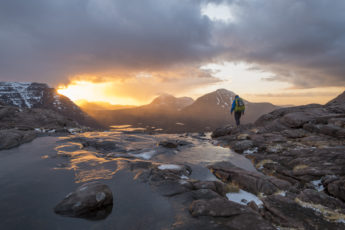
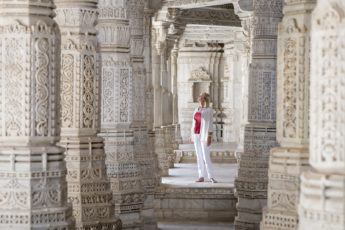
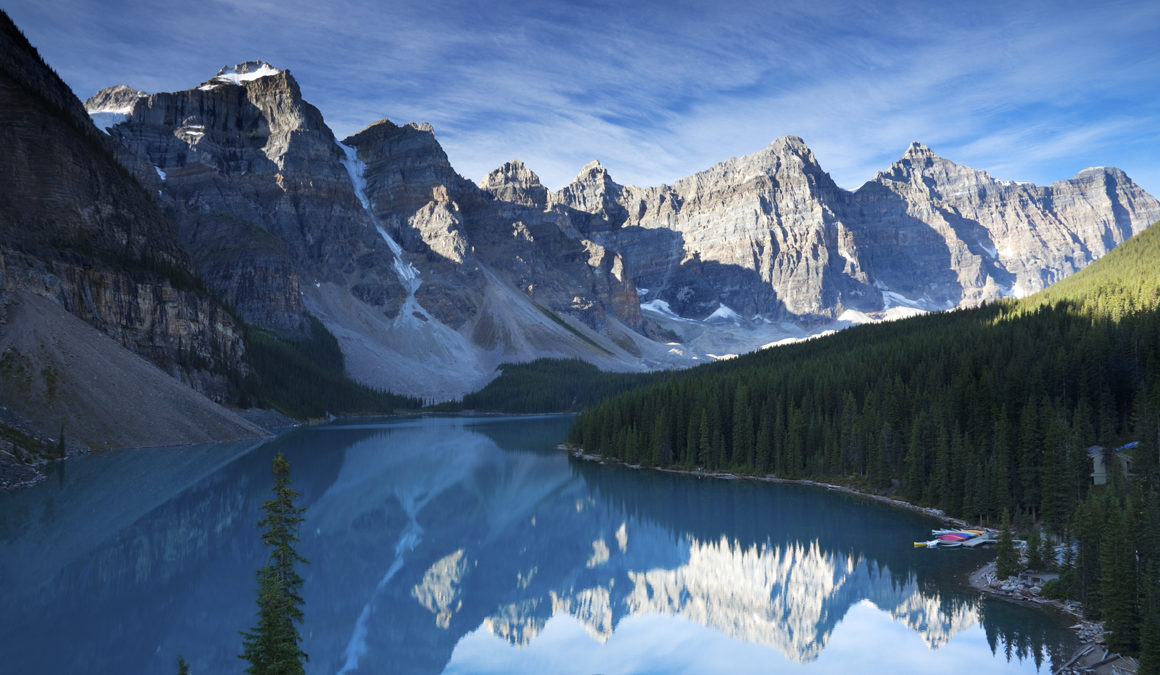
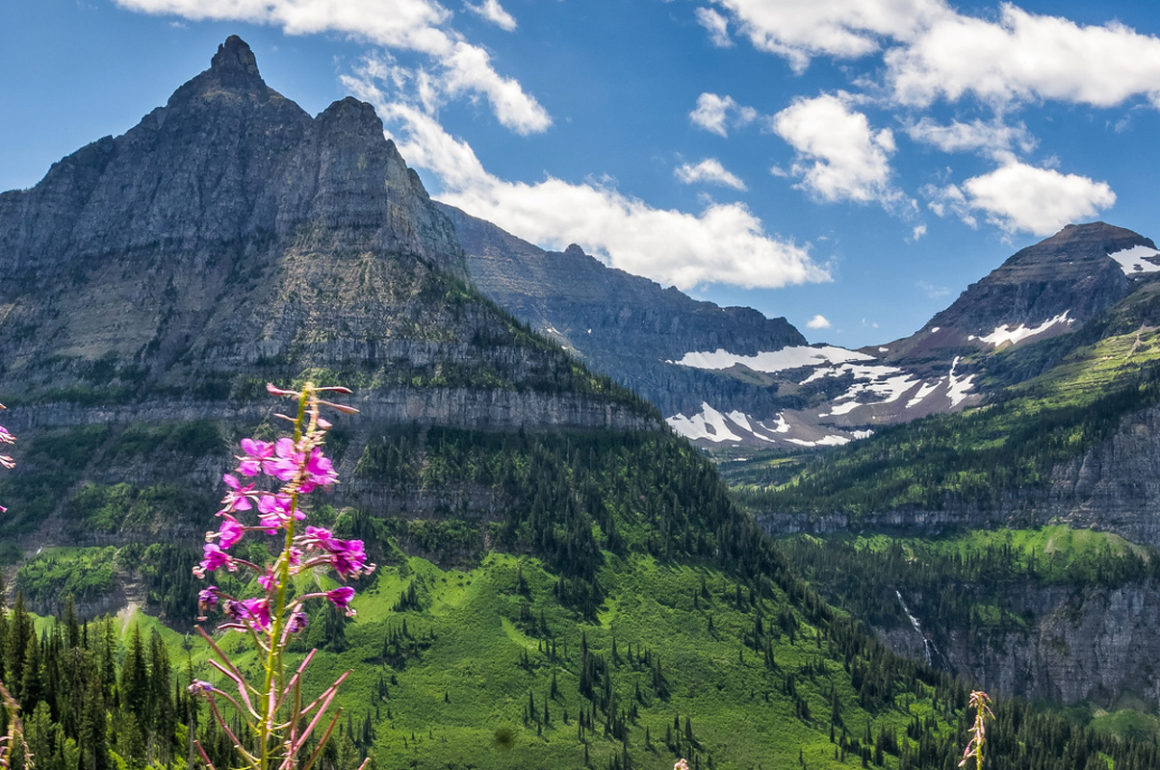
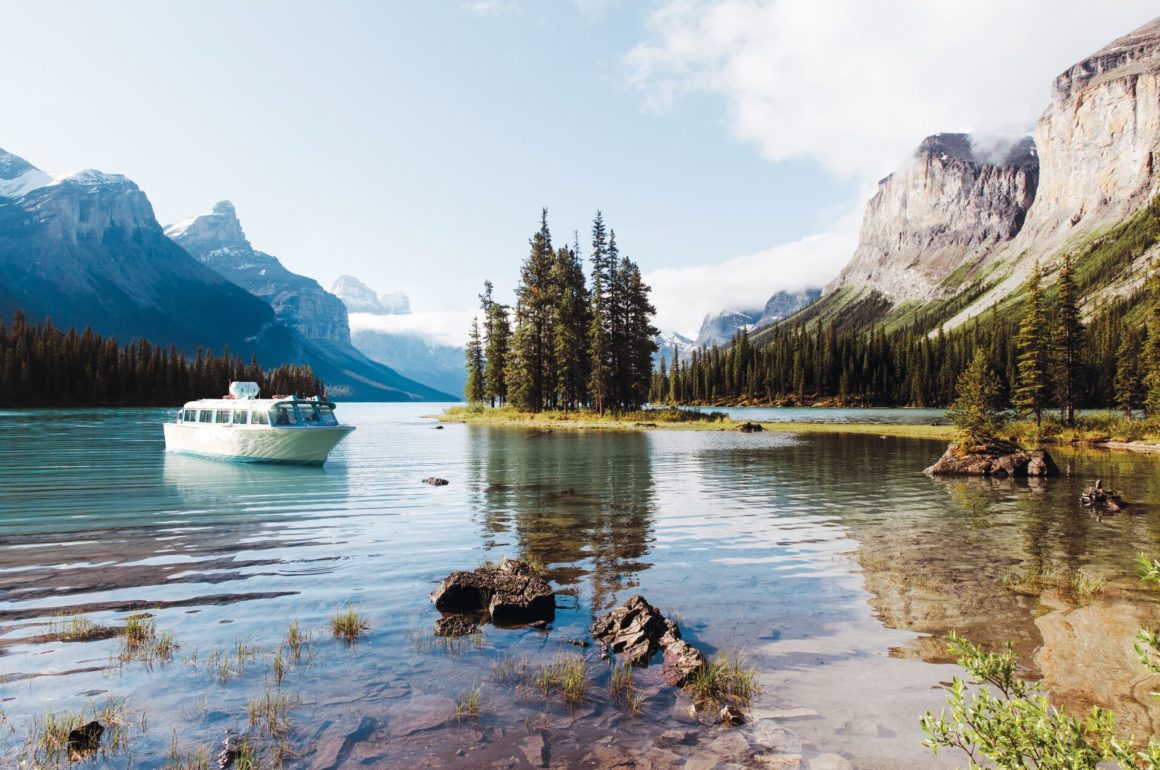
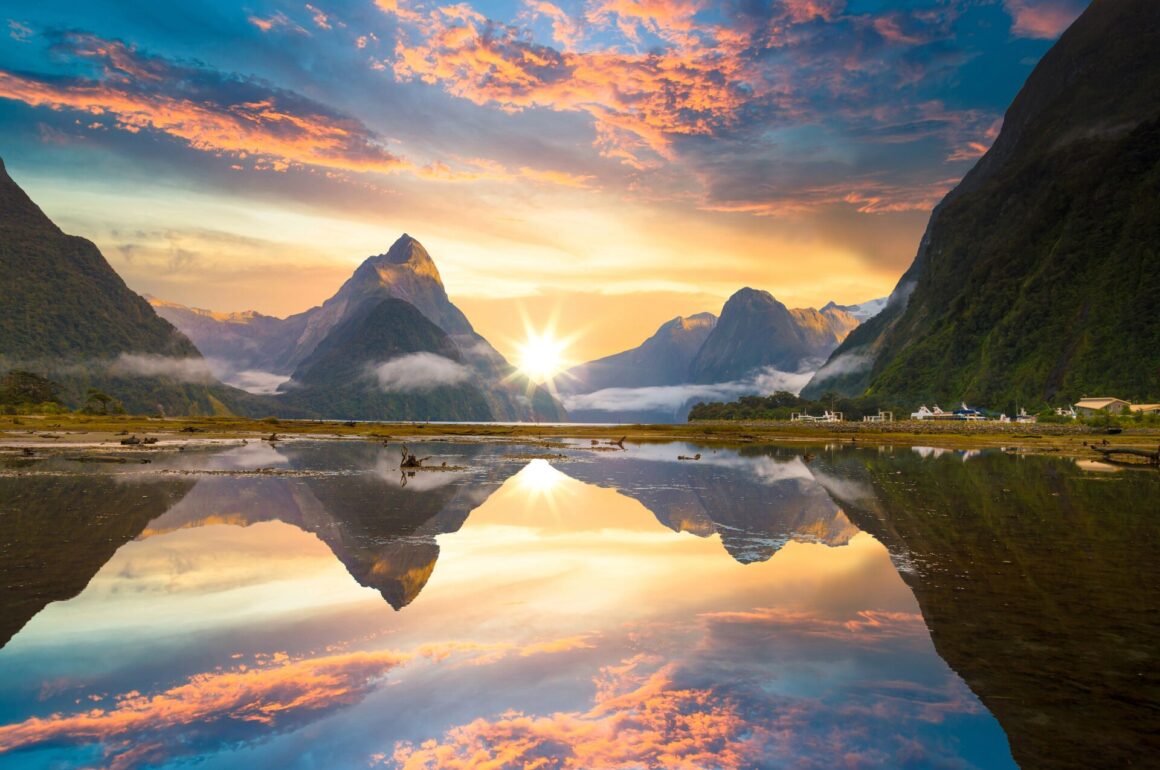

Leave a Comment